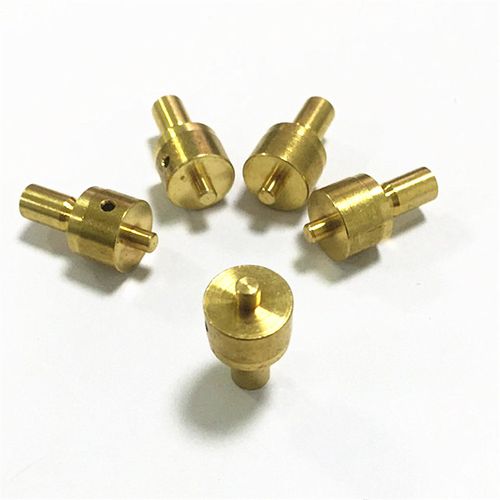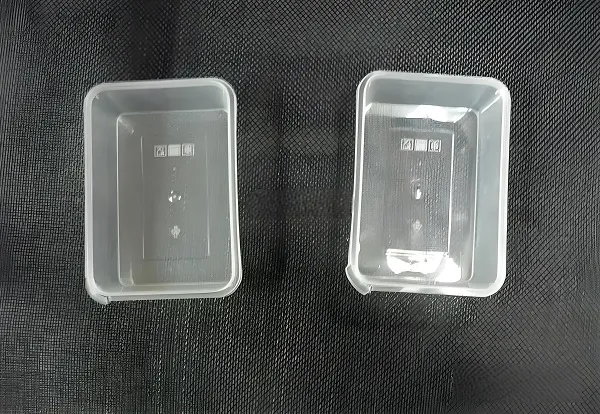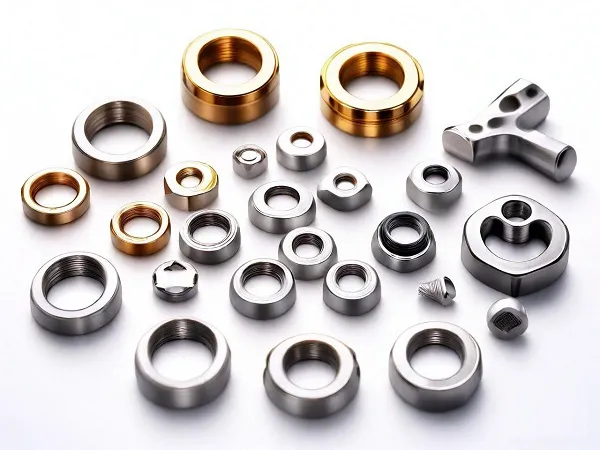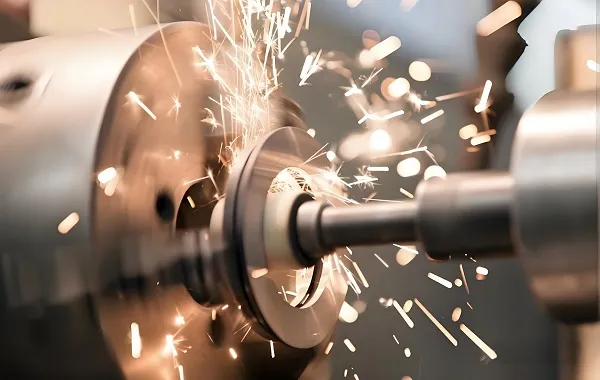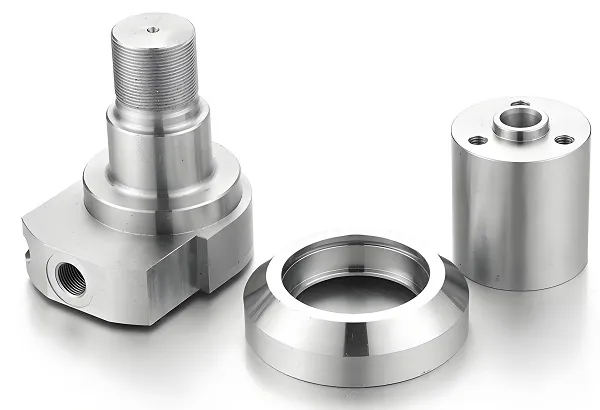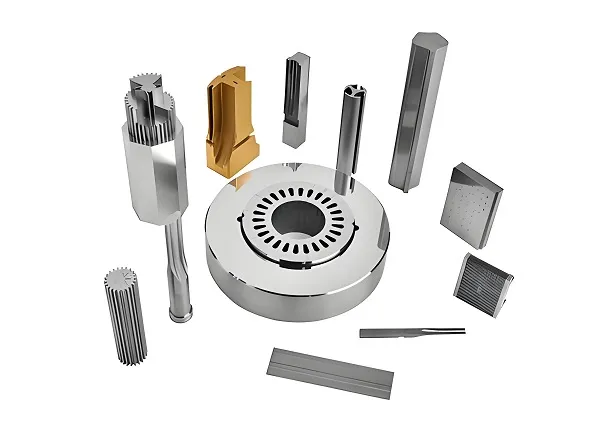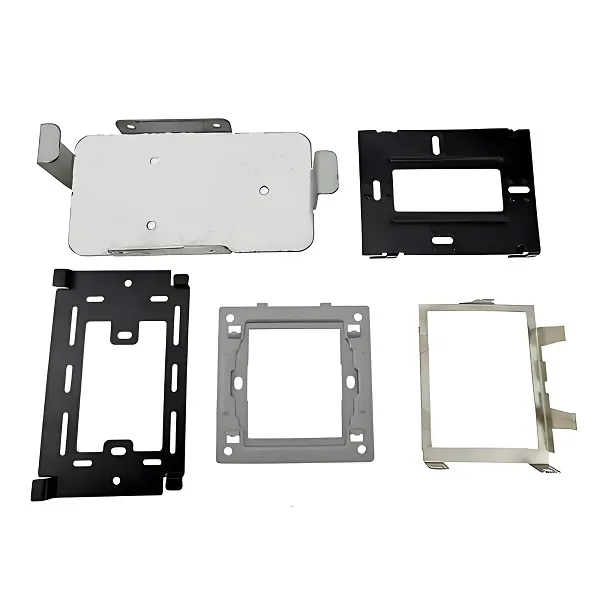Metal copper parts are various metal components made from copper and copper alloys. With copper’s excellent electrical conductivity, thermal conductivity, ductility, and corrosion resistance, they play an important role in numerous fields such as electronics, machinery, and construction. Customization services enable these parts to better meet the specific needs of different scenarios, further tapping into the performance potential of copper materials and satisfying diverse application requirements.
1. Why Custom Metal Copper Parts
Requirements for metal parts vary significantly across different industries and scenarios. For example, the electronics industry needs connectors with high electrical conductivity, mechanical manufacturing may require parts with specific strength and wear resistance, and the construction field values the corrosion resistance and aesthetics of parts.
Standardized parts are difficult to meet these personalized needs, while custom metal copper parts can targetedly select copper alloy materials (such as brass, red copper, bronze, etc.), design appropriate structures according to specific usage environments, performance indicators (such as electrical conductivity, compressive strength, etc.) and installation dimensions. This ensures that the parts have stable performance and good adaptability in practical applications, avoiding inefficiency or failures caused by inappropriate universal parts.
2. Processing Technologies for Metal Copper Parts
The processing of metal copper parts relies on a variety of mature technologies to adapt to different material properties and structural requirements:
- Stamping processing: Applying pressure to copper sheets through molds to cause plastic deformation and form the required shape. It is suitable for mass production of simple-shaped parts (such as gaskets, terminals) with high efficiency and low cost.
- Turning processing: Rotating and cutting copper bars and other blanks on a lathe, which can process parts with rotating surfaces (such as bushings, bolts) and ensure high dimensional accuracy.
- Forging processing: Using impact force or pressure to deform copper blanks in molds, improving the material’s density and mechanical properties. It is suitable for parts bearing large loads (such as gear blanks).
- Casting processing: Pouring molten copper alloy into mold cavities and forming after cooling, which is suitable for manufacturing complex-shaped and large-sized parts (such as valve bodies).
3. Processing Flow of Metal Copper Parts
The processing flow of custom metal copper parts is rigorous and orderly to ensure product quality:
- Demand confirmation: Clarify information such as the purpose of the part, performance requirements (such as electrical conductivity ≥ 90% IACS), dimensional accuracy, and quantity.
- Design and material selection: Conduct structural design according to requirements, and select appropriate copper alloy materials (such as red copper with good electrical conductivity, brass with high strength).
- Mold making (if needed): For processes such as stamping and casting, corresponding molds are made to ensure that the part shape meets the design requirements.
- Processing and forming: Use selected processing technologies (stamping, turning, etc.) for part processing, with real-time monitoring during the process.
- Surface treatment: Perform electroplating (such as nickel plating, chrome plating), polishing, passivation, etc., as needed to improve the corrosion resistance, aesthetics, or electrical conductivity of the parts.
- Quality inspection: Inspect the dimensions, appearance, and performance (such as conductivity testing) of the parts, and deliver them only after they are qualified.
- Packaging and delivery: Package according to requirements to ensure no damage during transportation, and provide relevant quality certification documents.
4. Characteristics of Metal Copper Parts
Metal copper parts have many excellent characteristics, making them widely used in various fields:
- Excellent electrical conductivity: Copper is a good conductor of electricity, with conductivity second only to silver. Custom conductive parts (such as wire connectors) can reduce power loss.
- Good thermal conductivity: Suitable for making heat dissipation parts (such as radiators, heat exchanger components), which can quickly transfer heat and maintain the normal working temperature of equipment.
- Excellent ductility: Copper is easy to process and form, and can be made into various complex-shaped parts such as thin sheets and filaments to meet different structural needs.
- Good corrosion resistance: In dry air and clean water, copper can form a protective film, delaying corrosion and extending the service life of parts.
5. Applications of Metal Copper Parts
Metal copper parts have a wide range of application scenarios, covering multiple industries:
- Electronics and electrical field: Used to make connectors, terminals, wires, heat sinks, etc., ensuring the electrical conductivity and heat dissipation performance of circuits.
- Mechanical manufacturing field: Serving as parts such as bushings, bearings, and gears, playing roles in transmission and support.
- Architectural decoration field: Such as copper door and window accessories, railing handrails, etc., which are both beautiful and durable.
- Plumbing and sanitary field: Parts such as faucets and valves, using their corrosion resistance and good processing performance to ensure the safe operation of water systems.
6. Performance Enhancements for Metal Copper Parts
The performance of metal copper parts can be further improved through some technological means:
- Electroplating treatment: Plating a layer of other metals (such as gold, silver) on the surface of parts to improve conductivity, wear resistance, or oxidation resistance.
- Heat treatment: Annealing and other treatments on some copper alloy parts to eliminate internal stress and improve their plasticity and toughness.
- Precision assembly: For combined parts, ensure good cooperation between components through precise assembly processes to improve overall performance.
7. Common Questions about Metal Copper Parts
- Is the cost of custom metal copper parts higher than that of standard parts?
Generally speaking, due to the involvement of design, mold and other costs, the cost of small-batch customization may be higher than that of standard parts. However, in large-batch customization, as the production scale expands, the cost will gradually decrease, and it can meet special needs, resulting in better comprehensive benefits.
- What is the basis for selecting different copper alloy materials?
It mainly depends on the performance requirements of the parts. For example, red copper is preferred for conductivity, brass can be chosen for strength and wear resistance, and bronze is considered for high corrosion resistance requirements.
- What factors affect the processing cycle?
The complexity of parts, processing technology, quantity, and whether mold making is needed will all affect the processing cycle. Simple parts can be completed in a few days, while complex parts may take several weeks.
- How to ensure the quality stability of parts?
Multiple quality inspections are carried out during the production process, and standardized production processes and high-quality raw materials are adopted to ensure the quality stability of each batch of parts.
If you are looking for suitable metal copper parts for electronic equipment, mechanical devices, etc., custom services can provide you with precisely adapted solutions. Whether you have questions about material selection, processing technology, or quotations, you can tell us in the comment area, and we will promptly provide you with professional answers and attentive services!
